Source: sunoven.com
Published: September 13, 2012
The Ultimate Solar Appliance
The GLOBAL SUN OVEN® has been devised to meet up to 70% of the needs of a family of 6 to 8 people in a developing country, entirely with the power of the sun. Even though it is called an oven, food can be boiled, steamed, roasted or baked at cooking temperatures of 360° F / 182° C, making it ideal for cooking the majority of foods in the developing world. This ruggedly built solar appliance weighs only 21 pounds / 9.5 kg and will last more than 20 years.
Over 2 billion people cook with wood, charcoal or dung as their primary cooking fuel and the social, economic and environmental impacts are significant. The GLOBAL SUN OVEN® has been carefully engineered to provide an alternative to using wood and dung. These fuels are becoming increasingly scarce and costly. The use of these solar ovens can be very beneficial to women all over the world by reducing the cost of fuel and/or lightening the everyday burdens of life.
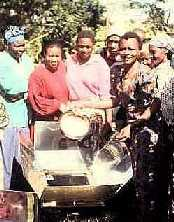
Head teacher at the Palangeny Primary School in Tanzania uses a GLOBAL SUN OVEN® to cook for her students.
GLOBAL SUN OVENS® are not the same as other solar cooking ovens. They have a number of unique qualities and features that are not in other solar cooking devices. They are often compared with solar box cookers that are made out of aluminum foil and cardboard or homemade boxes of various sizes and shapes. While the energy conversion principles are the same, the materials utilized in manufacturing a GLOBAL SUN OVEN® have been carefully researched to include the most efficient materials available. In order to capture the maximum amount of energy, achieve the highest possible temperature, and retain the greatest amount of heat possible, while minimizing the weight, the materials utilized have been selected based on efficiency and quality. Other than cleaning, no other ongoing maintenance is required.
NGO’s that have worked with SUN OVEN® have found that they have had an easier time getting people to use them because these solar ovens work so well and maintain cooking temperatures that are significantly higher than other box type solar cookers.
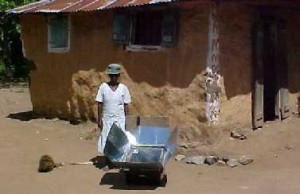
Due to their long life, their ability to be used when there is less sun and the fact that food can be cooked faster, the GLOBAL SUN OVEN® are less expensive on a cost per meal basis than any other solar cookers. The high quality materials that are required to make a GLOBAL SUN OVEN® make its initial cost higher but its overall cost lower than any other solar cookers. In areas where people can not afford to purchase an oven outright micro-finance programs are utilized to allow ovens to be paid in small installments using money that would have otherwise been spent purchasing charcoal.
The price of GLOBAL SUN OVEN® can be reduced by assembling them in the countries in which they will be used. SUN OVENS International has developed a local assembly plant system, enabling GLOBAL SUN OVEN® to be made in the area they will be used, dramatically reducing the cost of the ovens and shipping. This complete assembly system includes the training, tools, instructional materials and follow-up support necessary.
The Cultural Challenge
Careful research and experience has proven that the challenges of introducing solar cooking in the developing world are far more cultural than they are technical. The GLOBAL SUN OVEN® has been carefully designed to overcome many of the cultural barriers that have limited the success of solar cooking in the past. While there are a number of cultural challenges that are unique to each people group that must be accounted for the two major obstacles that have limited the success of the wide spread introduction of solar cooking have successfully been over come:
1. In most countries people work while the sun is out and eat their main meal of the day after the sun has set. Food that is cooked in most solar cooking devices must be consumed immediately or it will become cold. GLOBAL SUN OVEN® are very well insulated which allows food that is cooked in the afternoon sun to stay warm until it is ready to be consumed later in the evening.
2. In many countries a woman is working from very early in the morning until well after sundown. Many solar cooking devices do not get hot enough requiring the food to be cooked at a lower temperature for a longer period of time. Women are often far too busy to devote additional time to solar cooking. The time required to cook in a GLOBAL SUN OVEN® is comparable to cooking with a wood or charcoal fire, which makes it easier to gain the acceptance of the women who use it.
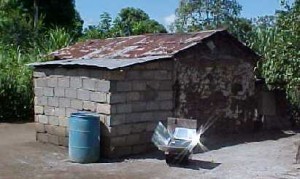
Social, Economic and Environmental Impact
Fuel scarcity is one of the most serious problems plaguing the developing world. Unless this pattern can be reversed, the quality of life of the poor will continue to decline. The widespread introduction of GLOBAL SUN OVEN® in countries that are blessed with an abundance of sunshine offers an alternative that can improve the lives of millions of people.
Social
As forests disappear the burden of finding cooking fuel falls upon poor women and girls in both urban and rural settings. In rural areas women must spend several hours each day gathering wood and standing over a fire stirring food. In urban areas up to 55% of household income is spent to purchase cooking fuels. Urban women and children are most often required to earn additional income to purchase cooking fuel. The introduction of GLOBAL SUN OVEN® would allow time currently spent on these kinds of activities to be more productively utilized.
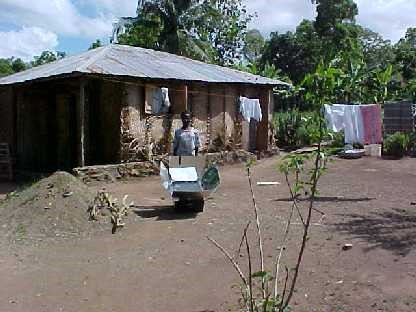
In addition, the health effects of domestic use of biomass fuels (wood, dung, agricultural residues) and coal are suffered largely by women. Using GLOBAL SUN OVEN® can reduce the incidence of respiratory and ocular diseases associated with exposure to smoke. Solar cooked foods contain greater nutritional value than food cooked with biomass fuels.
Economic
The world has entered an era of increasingly higher energy costs. For most of history the impact of energy needs was cushioned by large reserves of “free” wood and other biomass fuels. But the distinction between “free” traditional fuels and modern more costly fuels is lessening as environmental degradation reduces supplies and increases costs. In many urban areas, woodfuel may be as expensive as kerosene or gas, and in rural areas the costs of free collection in terms of women’s time, energy and wellbeing are excessive. In addition, many of women’s key income-generating activities are fuel-intensive and difficulties in obtaining adequate supplies of fuel threaten this income.
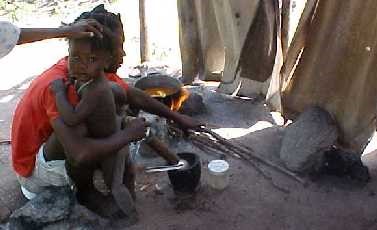
Environmental
The demands of massive population growth and the inefficient conversion of wood to charcoal have outstripped much of world’s forests ability to regenerate. For example, the annual wood consumption for cooking throughout developing countries is 1,000 pounds of wood per person. A family of six using a GLOBAL SUN OVEN® for 80% of their cooking needs would save 4,800 pounds of wood per year. A GLOBAL SUN OVEN® has a useful life of at least 20 years; the wood saved by each oven would be 96,000 pounds. This translates into more than 88 tons of CO2 emissions that will not be released into the earth’s frail atmosphere.
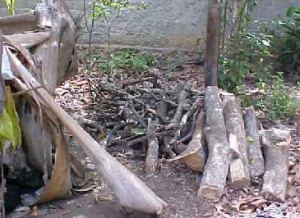
Deforestation and the resulting soil erosion are a growing environmental threat and have had a severe impact on plants, animals, soil and water resources. If deforestation is not reversed, there is little hope that negative environmental and economic trends that have plagued many developing countries can be reversed. Land degradation often leads to food insecurity and famine. Loss of water resources through runoff and the decrease in ground water levels are the other development problems attributable to environmental degradation, particularly deforestation. On the whole, every aspect of development in the developing world is tightly bound with the environment.
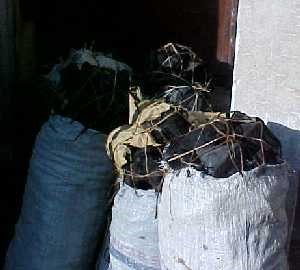
Using the sun to provide an alternative fuel source to cooking with wood or charcoal must occur immediately. The GLOBAL SUN OVEN® has been designed to be the alternative. It is the most logical solar oven option that exists in the world today.
